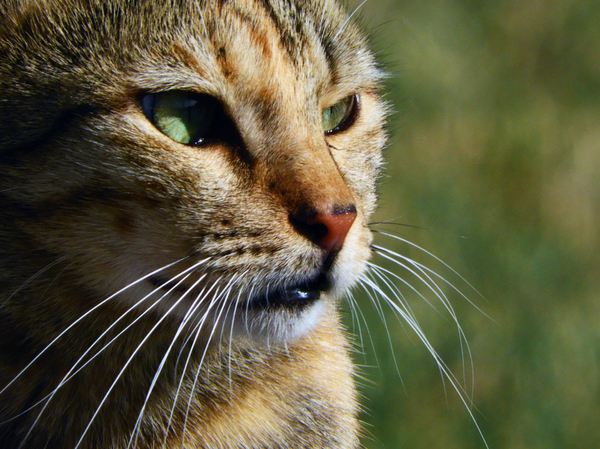Cat Litter and Ecological Sustainability: Finding a Balance
Cat Litter and Ecological Sustainability: Finding a Balance
Blog Article

Cat litter and litter boxes play a pivotal function in the lives of both felines and their owners. From the humble beginnings of sand and soil to the innovative improvements these days, the world of cat litter has actually evolved significantly. In this extensive guide, we dive into every element of cat litter and litter boxes, exploring their history, types, advantages, obstacles, and whatever in between.
The history of cat litter go back centuries, with ancient civilizations utilizing sand, soil, and even ashes as primitive litter products. Nevertheless, it wasn't till the mid-20th century that modern-day cat litter as we know it emerged. In 1947, Edward Lowe introduced the world's first commercial cat litter made from absorbent clay, revolutionizing the way cats relieved themselves indoors. Since then, cat litter has undergone numerous transformations, with the introduction of clumping litter, silica gel litter, biodegradable options, and more.
Today, feline owners are ruined for option when it concerns choosing the best litter for their feline companions. Conventional clay litter remains popular for its affordability and efficiency in soaking up smells. Clumping litter, which forms solid clumps when wet, simplifies cleansing and upkeep. Silica gel litter, made up of highly absorbent silica crystals, offers superior smell control and durability. Biodegradable options, such as recycled paper, wood pellets, corn, and wheat, appeal to environmentally mindful consumers.
Each type of cat litter offers unique benefits. Clay litter masters its capability to soak up moisture and control odors, making it a reputable choice for many feline owners. Clumping litter simplifies daily scooping and extends the time in between total litter changes. Silica gel litter provides extraordinary smell control and Robot Litter Boxes can last longer between replacements. Eco-friendly litters provide a sustainable option that reduces environmental effect.
While cat litter improves indoor feline hygiene, it is not without its challenges. Dust from clay litter can present breathing dangers for both cats and humans, triggering the popularity of dust-free alternatives. Some felines may establish litter box hostility due to issues with texture, aroma, or cleanliness, necessitating experimentation with various litters and box configurations. Multi-cat families may need strategic litter box placement and regular maintenance to prevent territorial disputes and ensure all cats have cat litter pellets access to tidy facilities.
Picking the suitable litter box is essential for promoting positive litter box routines and general feline well-being. Aspects to consider include size, accessibility, and style choices. Covered litter boxes provide personal privacy and help consist of odors, however some Pine Pellet Cat Litter cats might discover them confining or frightening. Open-top litter boxes provide simple access and presence however might result in more litter scatter. Automatic self-cleaning litter boxes simplify maintenance however require regular tracking and upkeep.
Appropriate litter box upkeep is essential for making sure a clean and inviting environment for both felines and their owners. Daily scooping gets rid of waste promptly, decreasing odor and dissuading litter box hostility. Regular litter replacement, generally every 1-2 weeks, avoids bacterial accumulation and maintains ideal absorbency. Extensive cleaning with mild cleaning agent and water, preventing harsh chemicals that may hinder felines from using the box, must be carried out monthly.
Cat litter and litter boxes play a main function in fostering a healthy and harmonious relationship between felines and their human buddies. With a varied array of litter choices and litter box styles readily available, cat owners have the flexibility to tailor their choices to fit their felines' choices and household needs. By understanding the development, types, advantages, and obstacles of cat litter and litter boxes, pet owners can provide their feline buddies with a comfy and sanitary indoor environment.